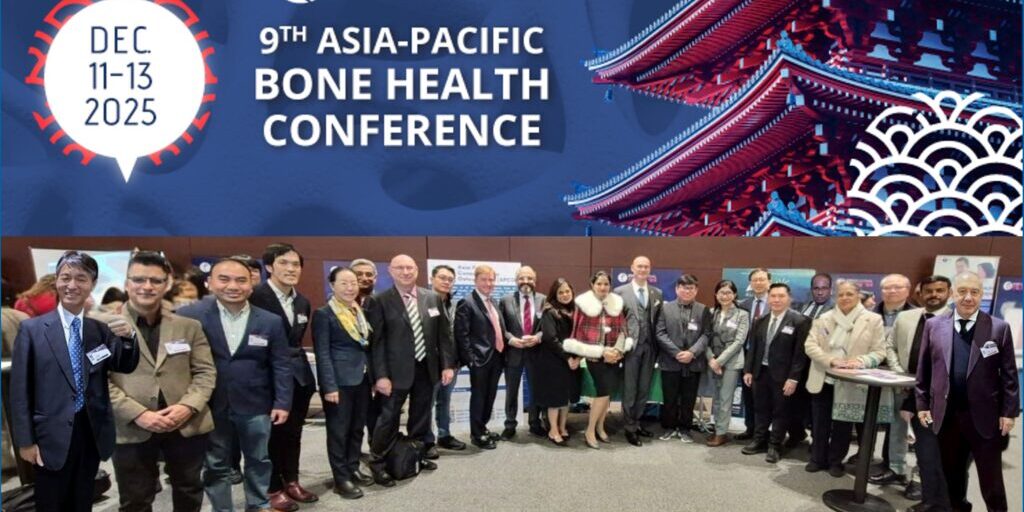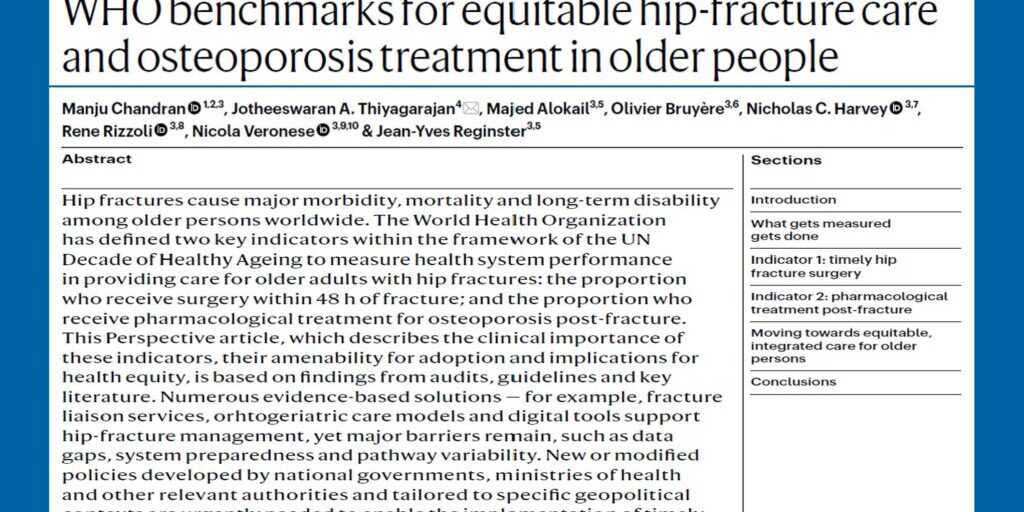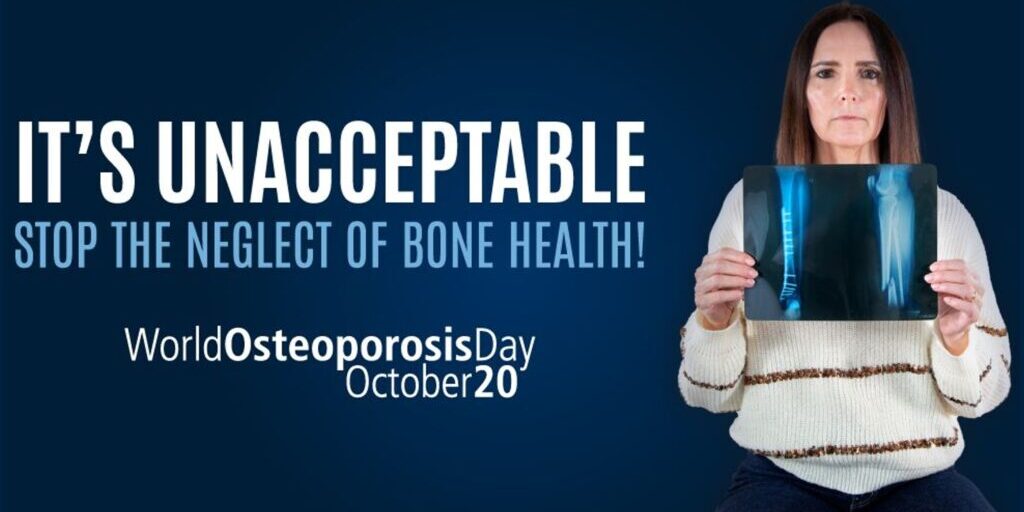APCO Executive member, Professor Tuan V. Nguyen, and his research team are excited to announce the launch of ‘BONEcheck‘, an innovative digital tool designed for personalized bone health assessment.
BONEcheck is a set of algorithms designed for predicting the risk of fracture, estimating the age of the skeleton (ie ‘skeletal age’), and determining the time to reach osteoporosis for an individual. The primary objective of BONEcheck is to provide user-friendly information pertaining to bone health and fracture risk, empowering users to take preventive measures and mitigate their risk.
BONEcheck provides 5-year risk estimates because we consider that for older individuals it is easier to manage risk over a shorter period. In addition to providing 5-year risk estimates, BONEcheck also includes an interpretation of risk and frames the risk reduction and the survival benefits of treatment. This information can be valuable for facilitating informed discussions between doctors and patients regarding risks, treatment, and benefits.
In terms of format, existing tools provide only numerical probability which is not easy to understand, especially for non-scientific individuals. Therefore, BONEcheck uses a human icon array to present risk information and treatment benefits. Previous studies have suggested that a simple numerical probability without a classification would not be helpful, and BONEcheck leverages this finding to classify a risk probability into 3 group (high, medium, and low) based on the Australian Pharmaceutical Benefits Scheme.
Along with the predicted risk of fracture, BONEcheck also provides users with their skeletal age, which is determined based on factors that increase the risk of fracture or prior fractures. Skeletal age helps in understanding the risk of fracture and its impact on premature mortality. If an individual’s skeletal age exceeds their chronological age, it indicates that their risk of fracture is similar to that of a person who is older than them but has a ‘healthy’ risk profile or one that can be modified. Previous research has shown that communicating risk using biological age markers like skeletal age, heart age, vascular age, or lung age can positively influence patient behavior. As most fractures occur in individuals who are not classified as high-risk for osteoporosis, risk communication using skeletal age (‘older than I actually am’) can increase awareness of the mortality risk associated with fractures in these groups.
BONEcheck includes a module for estimating the time to reach osteoporosis. Many individuals who have previously had a bone mineral density test and been diagnosed with non-osteoporosis often wonder when should they undergo another measurement. BONEcheck addresses this concern by providing the time to reach osteoporosis (i.e. a T-scores of -2.5 or lower).
Although it is widely recognized that genetic factors play a role in the determination of fracture risk, the integration of genetic variants into risk prediction has not been implemented. To address this gap, BONEcheck also integrates the polygenic risk score (PRS) to predict fracture risk. This novel feature builds on our prior research, which demonstrated that a PRS formulated from BMD-linked genetic variants was a self-sufficient predictor of fracture risk. Considering that each individual has a unique risk profile (thereby rendering the ‘average individual’ concept is invalid), this represents progress towards the goal of personalised risk assessment.
There is a ‘Prevention’ tab where users can learn about preventive measures to reduce their risk of fracture and improve their BMD measurement. The advice given in the Prevention tab is based on current guidelines for treatment and prevention of osteoporosis.
Currently, there is a crisis of ‘osteoporosis treatment gap’ where individuals with a fracture or at high risk of fracture are not receiving treatment. This gap can be attributed to several factors, one of which is the challenge of effective risk communication. A qualitative study revealed that patients who perceived osteoporosis as a natural consequence of aging, believed treatment to be ineffective, and did not view fractures as serious, were less likely to initiate or continue treatment. Additionally, patients were more inclined to accept treatment if the benefits were presented in terms of absolute risk reduction rather than relative risk reduction. BONEcheck has been developed to leverage innovative approaches to risk communication in order to improve the adoption and adherence to anti-osteoporosis treatment.
BONEcheck is available in both English and Vietnamese versions.
Written by APCO Executive Committee Member, Professor Tuan V. Nguyen, University of Technology Sydney, Sydney, Australia





